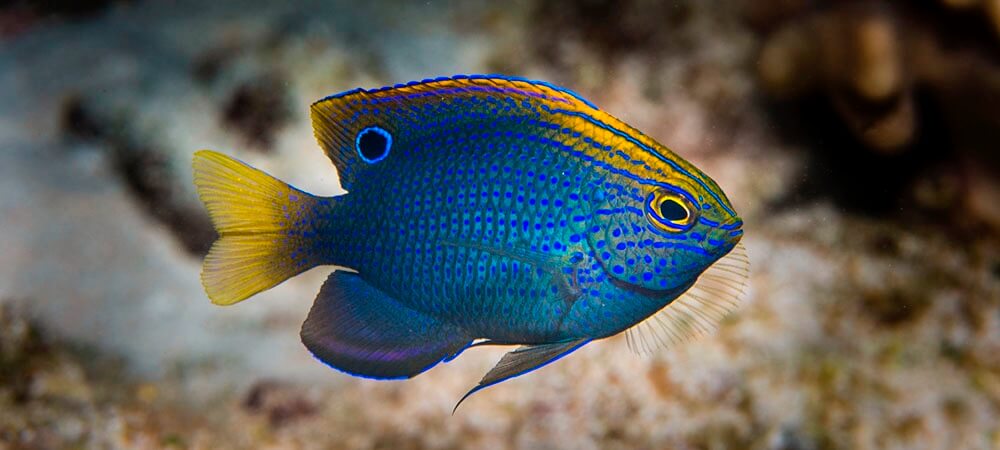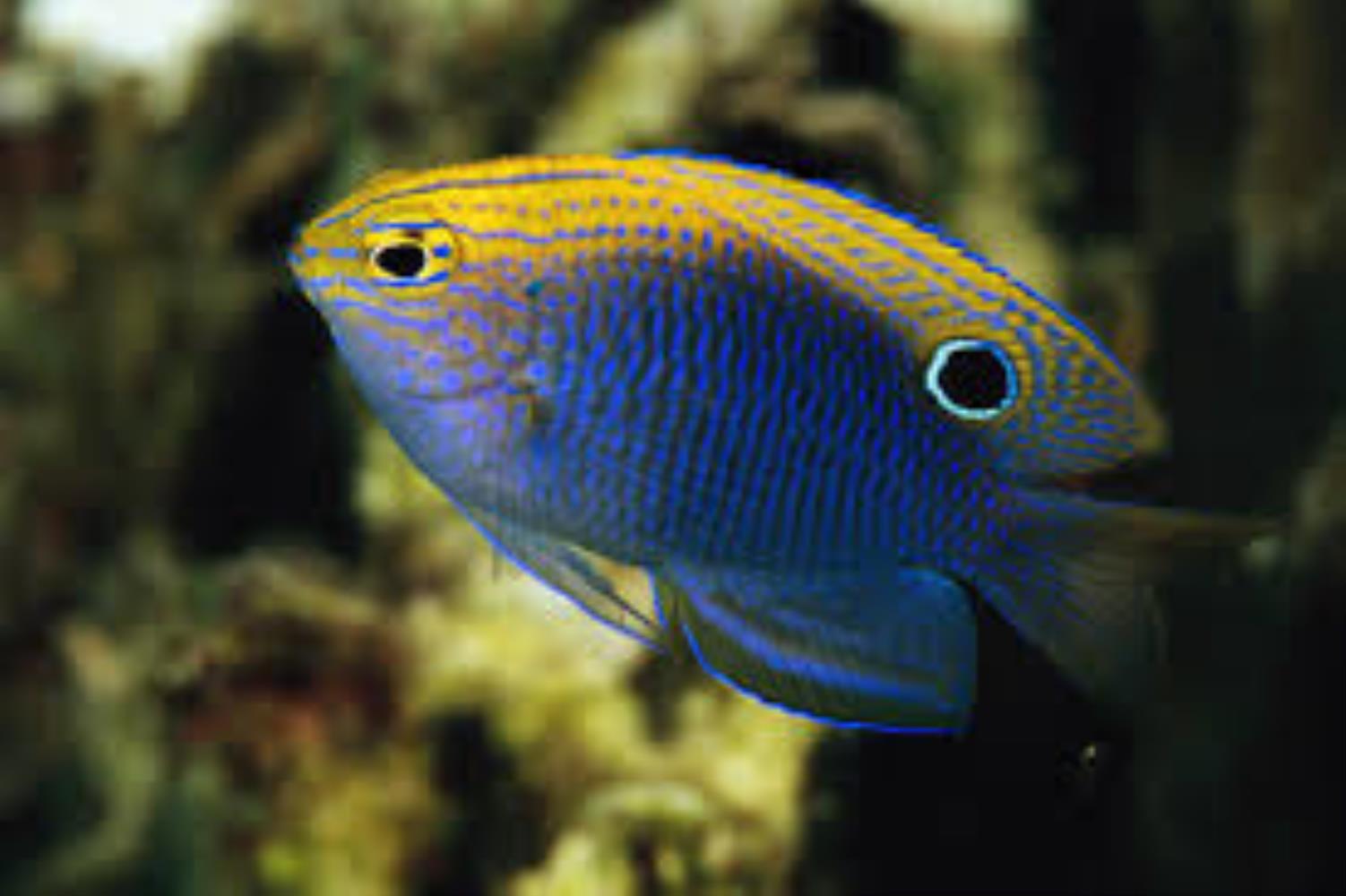Princess Damselfish
Are you a fan of colorful and stunning marine life? Then you might want to take a closer look at Princess Damselfish. This small and beautiful fish has captured the hearts of many marine life enthusiasts around the world.
Pain points related to Princess Damselfish
Princess Damselfish are commonly found in coral reefs in the Indo-Pacific area. The pain points that come with caring for Princess Damselfish, include the need to constantly provide them with a nutritious and balanced diet, as well as ensuring that the aquarium environment mimics their natural habitat as closely as possible. Failure to provide these requirements can result in stress, illness, and even death.
Target of Princess Damselfish
Princess Damselfish belongs to the Pomacentridae family. These dazzling fish have a unique coloration, with their body displaying shades of bright blue or purple. They grow up to a maximum length of 3 inches.
Princess Damselfish are an active and sociable species. They are known to form close bonds with their tank mates, as well as their owners. They are relatively easy to maintain and can be a good option for new aquarium owners who want to start with a colorful and lively aquarium setup.
Summary of Main Points
Princess Damselfish is a small and beautiful fish commonly found in the coral reefs of the Indo-Pacific area. They are an active and sociable species that form close bonds with their owners and tank mates. However, it is important to provide them with a nutritious and balanced diet, as well as an environment that mimics their natural habitat for their survival and well-being.
Personal Experience with Princess Damselfish
I personally find Princess Damselfish to be a breathtaking addition to any aquarium. Their shimmering scales and vibrant colors never fail to amaze me. I once had a Princess Damselfish that formed a close bond with my other fish and me. It was truly a unique and rewarding experience seeing how interactive she was with her environment.
One thing to keep in mind when keeping Princess Damselfish is that they can get territorial when breeding. It is best to separate them from other fish during this period to ensure that they do not become too aggressive towards their tank mates.
Diet and Nutrition for Princess Damselfish
Princess Damselfish are omnivorous, which means that they eat both meat and plant-based food. In the wild, their diet consists of zooplankton, crustaceans, and algae. In captivity, frozen or live brine shrimp, mysis shrimp, and spirulina flakes can be a good diet for them. It is important to avoid overfeeding them as this can lead to health problems such as obesity and bloating.
Caring for Princess Damselfish
Princess Damselfish are hardy fish that are relatively easy to care for. For their tank, it is important to provide a good water filtration system and maintain stable water conditions. A minimum tank size of 20 gallons is recommended for them to have enough space to swim and move around freely. They also require plenty of hiding places in their tank, such as live rocks or coral structures, to feel safe and secure.
Question and Answer
Q: Can Princess Damselfish thrive in a community tank?
A: Yes, Princess Damselfish can be kept in a community tank as long as they are introduced to the tank last. They have a tendency to become aggressive towards new fish in the tank.
Q: Do Princess Damselfish require a special lighting system in their tank?
A: No, they do not require a specific lighting system. However, it is important to provide enough light in the tank, as this helps to promote the growth of algae and other microorganisms, which make up a significant part of their diet.
Q: How often should I clean the tank for my Princess Damselfish?
A: It is recommended to do a water change of 10-20% every two weeks and to clean the tank surfaces and decorations every two months.
Q: How can I tell if my Princess Damselfish is sick?
A: Signs of sickness in Princess Damselfish include loss of appetite, lethargy, discoloration, and abnormal behavior such as swimming erratically or hiding in one spot. If you notice any of these signs, it is important to consult with an experienced aquarium veterinarian as soon as possible.
Conclusion
Princess Damselfish is a stunning and sociable species that can be a great addition to any aquarium. They require a nutritious and balanced diet, an environment that mimics their natural habitat, and plenty of hiding places in their tank to feel safe and secure. With proper care and attention, Princess Damselfish can live happy and healthy lives in your aquarium.
Gallery
Princess Damselfish (Pomacentrus Vaiuli) Stock Photography - Image

Photo Credit by: bing.com / damselfish pomacentrus principessa
Princess Damselfish (Pomacentrus Vaiuli) - Coral Triangle Adventures

Photo Credit by: bing.com / damselfish pomacentrus princess coral reefs shallow among rich common
Princess Damselfish Stock Images - Image: 33293744
Photo Credit by: bing.com / damselfish princess coral portrait background
Princess/Ocellate Damselfish Information And Picture | Sea Animals

Photo Credit by: bing.com / damselfish princess
Ocellate Damselfish: Saltwater Aquarium Fish For Marine Aquariums
Photo Credit by: bing.com / damselfish saltwater ocellate approximate identical liveaquaria